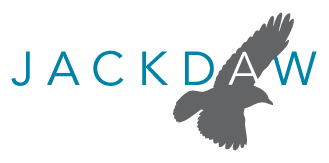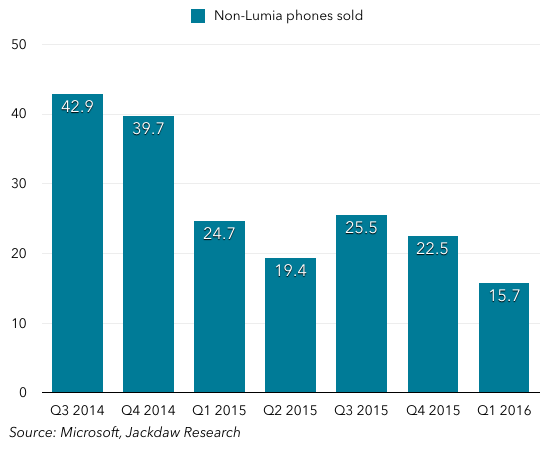Tony Fadell today announced that he was stepping down as CEO at Nest, the Alphabet subsidiary focused on the smart home. He will be replaced by Marwan Fawaz, who formerly ran the Motorola Home set-top-box and modem business before its sale to Arris. The comment below may be attributed to Jan Dawson, Chief Analyst, Jackdaw Research. Jan may also be reached at jan@jackdawresearch.com or 408 744 6244.
On the one hand, the announcement comes a bit out of the blue – Fadell had seemed to be defending himself recently and holding on tight to the job, but it now appears he was mostly protecting his reputation and legacy, knowing that he was on the way out. Given the apparent tension between him and the Alphabet management over increased financial discipline on the one hand, and employee complaints on the other, his position was becoming pretty untenable, so it’s probably a good thing that he’s going. This should allow Nest to move on without the distraction of the recent news stories and criticisms.
One of the most interesting things about Fadell stepping down is how different his replacement, Marwan Fawaz, is. Whereas Fadell is legendary as a creator of compelling consumer electronics products, that’s not part of Fawaz’s DNA at all. He has very little experience in retail or consumer electronics, and instead is a guy that’s mostly sold products indirectly to consumers at best. That likely signals a change in direction for Nest, away from the retail model and towards more of a service model with a set of partners. There are references to service providers and enterprise channels in Fadell’s blog post today, and that also hints at a change in sales strategy for the company.
I actually think that’s very sensible – the retail model for the smart home seems pretty stuck right now, whereas the smart home as a service model seems to be doing rather better, and so Nest seems to be pivoting to the more promising part of the market. That will likely see Nest working with partners like telecoms operators, cable operators, security companies, and others to build Nest into smart home as a service-type offerings. The service models helps overcome some of the problems with the smart home market, including the high up-front cost and the challenges of installation, management, and integration. The other question is whether Nest starts to pursue more of a service model itself, either organically or through white-label relationships with third parties. Various similar models have been pioneered over the last few years by companies like Vivint, Alarm.com, and AT&T.
(For more on this model, listen to this week’s Beyond Devices Podcast episode, which happens to have covered just this dichotomy in the smart home market).

